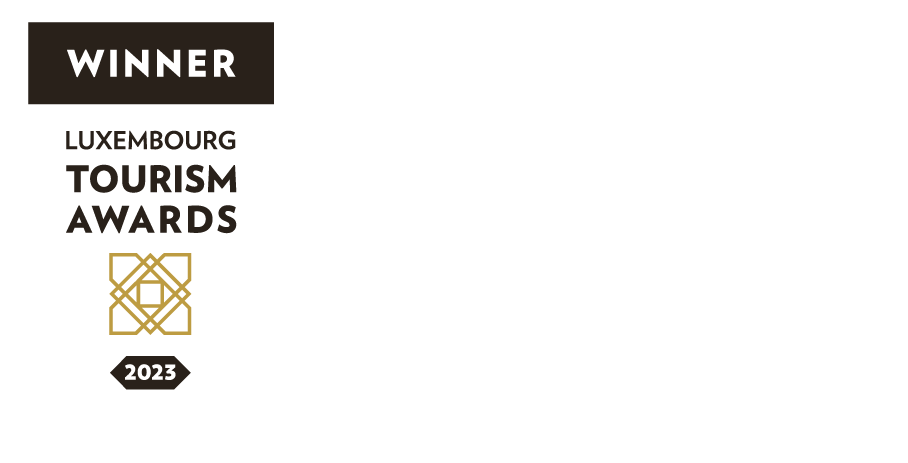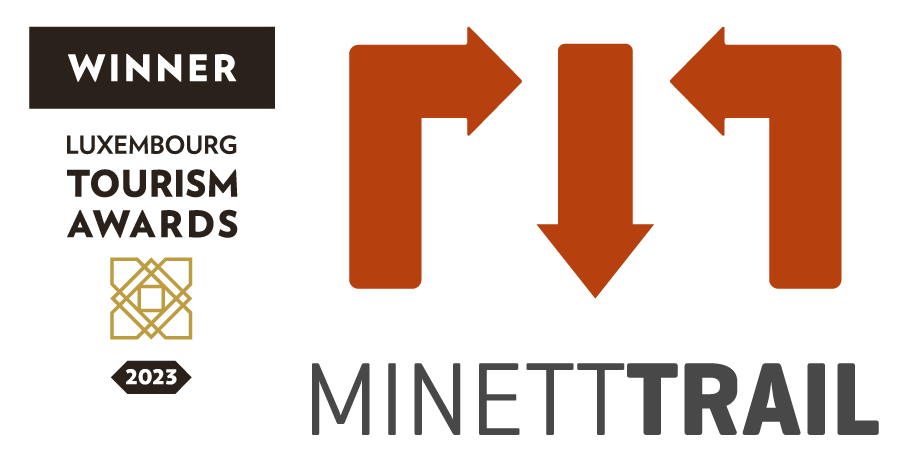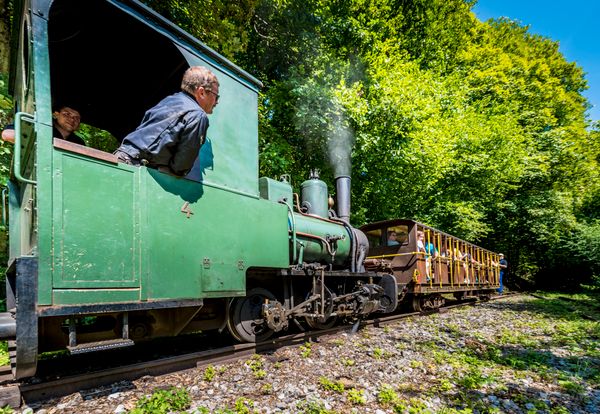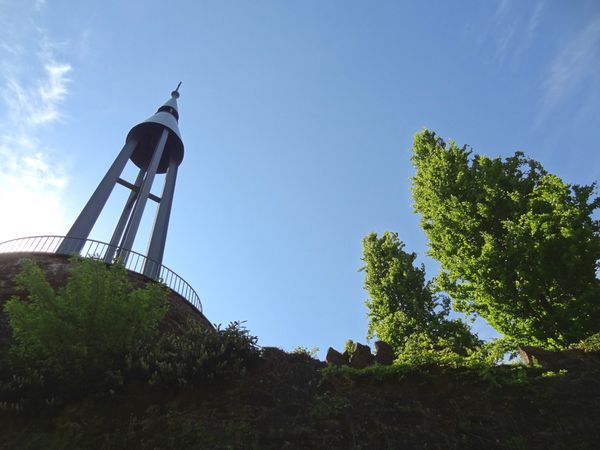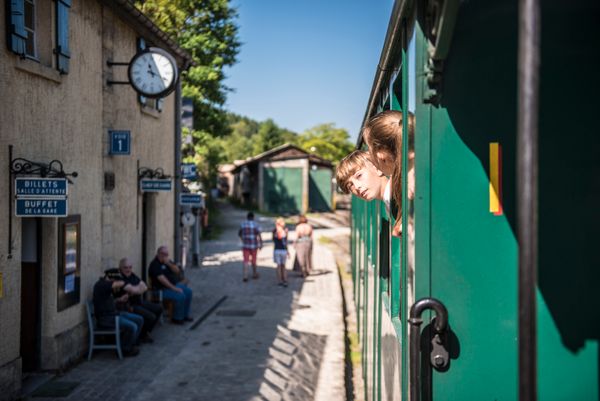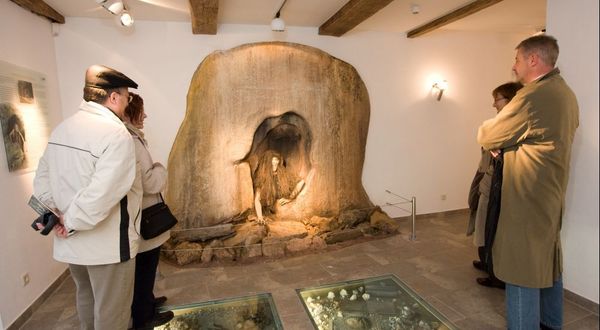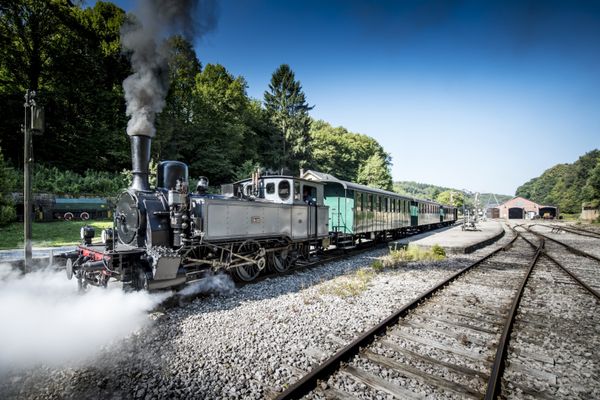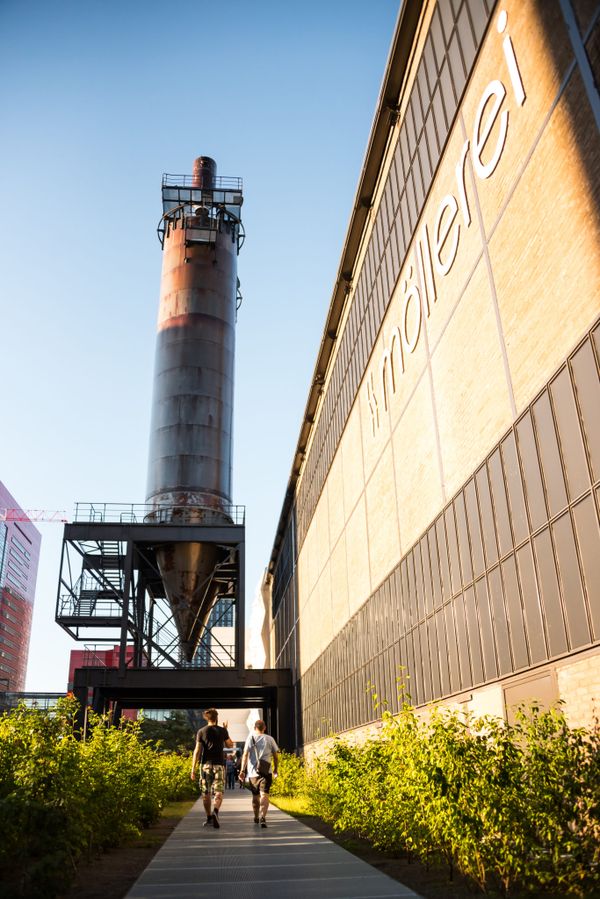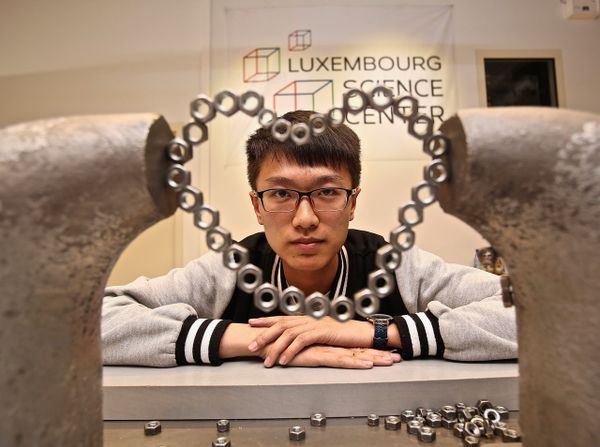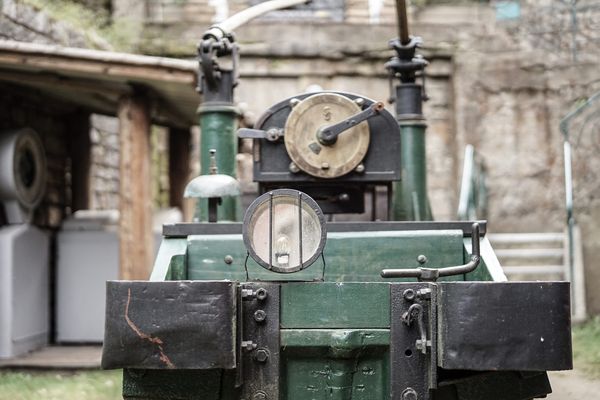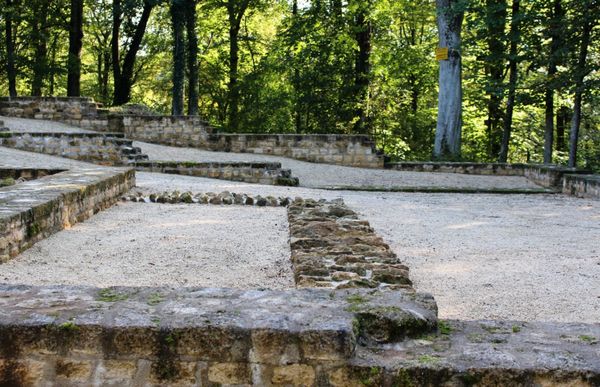
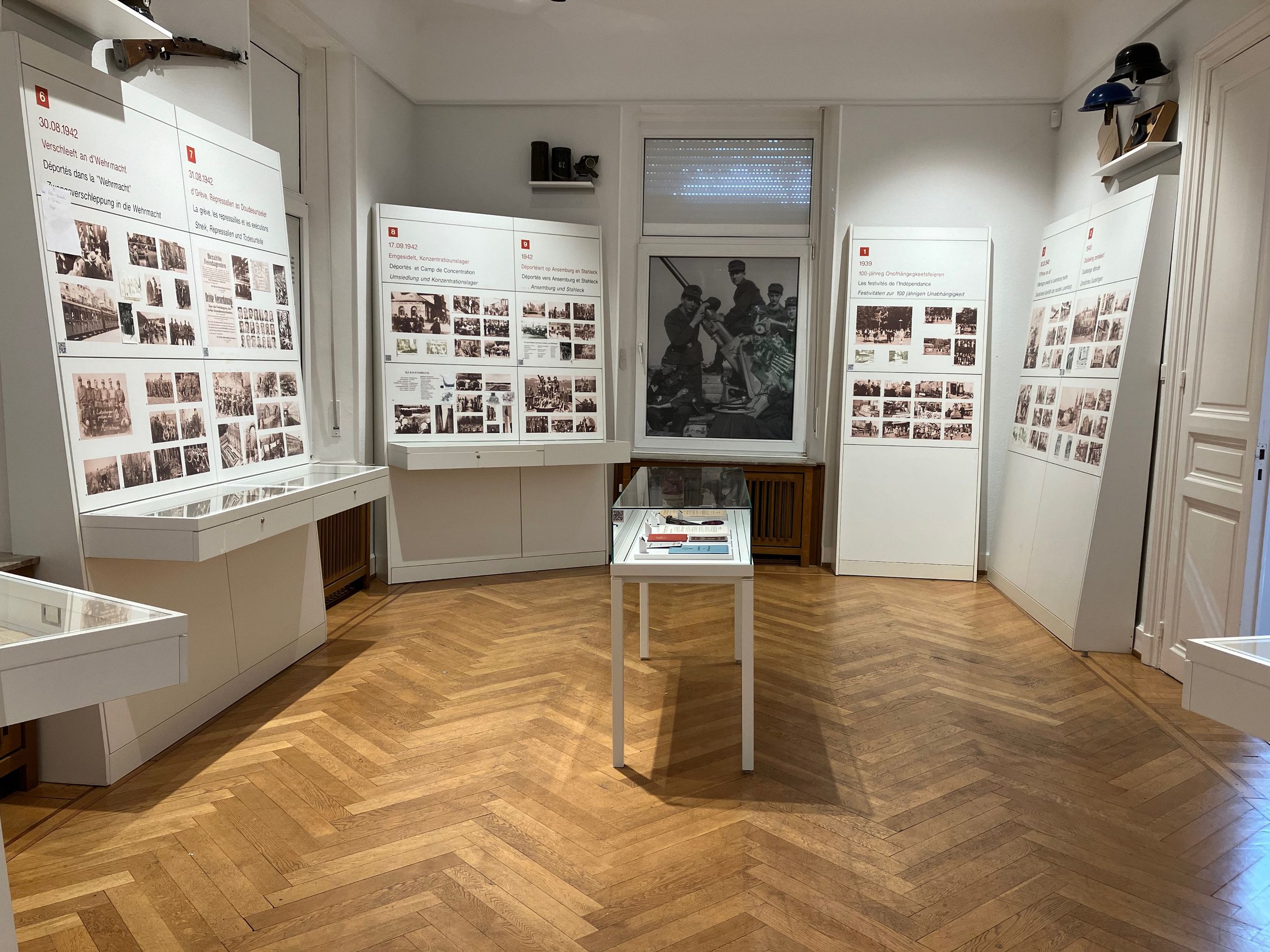
Regional Museum of forced conscription
Where? 25, Rue Dominique Lang, L-3505 Dudelange
This regional museum focuses on the complex history of forced recruitment during the Nazi occupation of Luxembourg and provides a poignant insight into the suffering of the Dudelange population during the war.
Forced recruitment... A perhaps sometimes obscure term, especially for younger people who often find it difficult to imagine what it really means. Archival images, documents, photos, advertisements, propaganda posters, war material, all help to paint a clearer picture of those who were forcibly recruited. They reveal the fate, the courage of these people.
Because one sometimes forgets that the inhabitants of Dudelange had been evacuated, that they could not escape the German occupation and that some of them were captured, imprisoned and taken to concentration camps. One also forgets that many resisted, fought and died for their country.
All this is explained very clearly in the Museum of Forced Recruits! The museum gives an overview of the resettlement of the inhabitants of Dudelange, the German occupation, the forced recruitment, the militia, the liberation, the deportation, the arrest, the concentration camps and the resistance.
Culture info
- History
Opening hours
Opening hours are subject to change. Please check them before your visit in order to be sure.
| Tuesday | Closed |
| Wednesday | Closed |
| Thursday | 27.11.2025 : 09:00 - 12:00 |
| Friday | Closed |
| Saturday | Closed |
| Sunday | Closed |
| Monday | Closed |
Opened on request.

